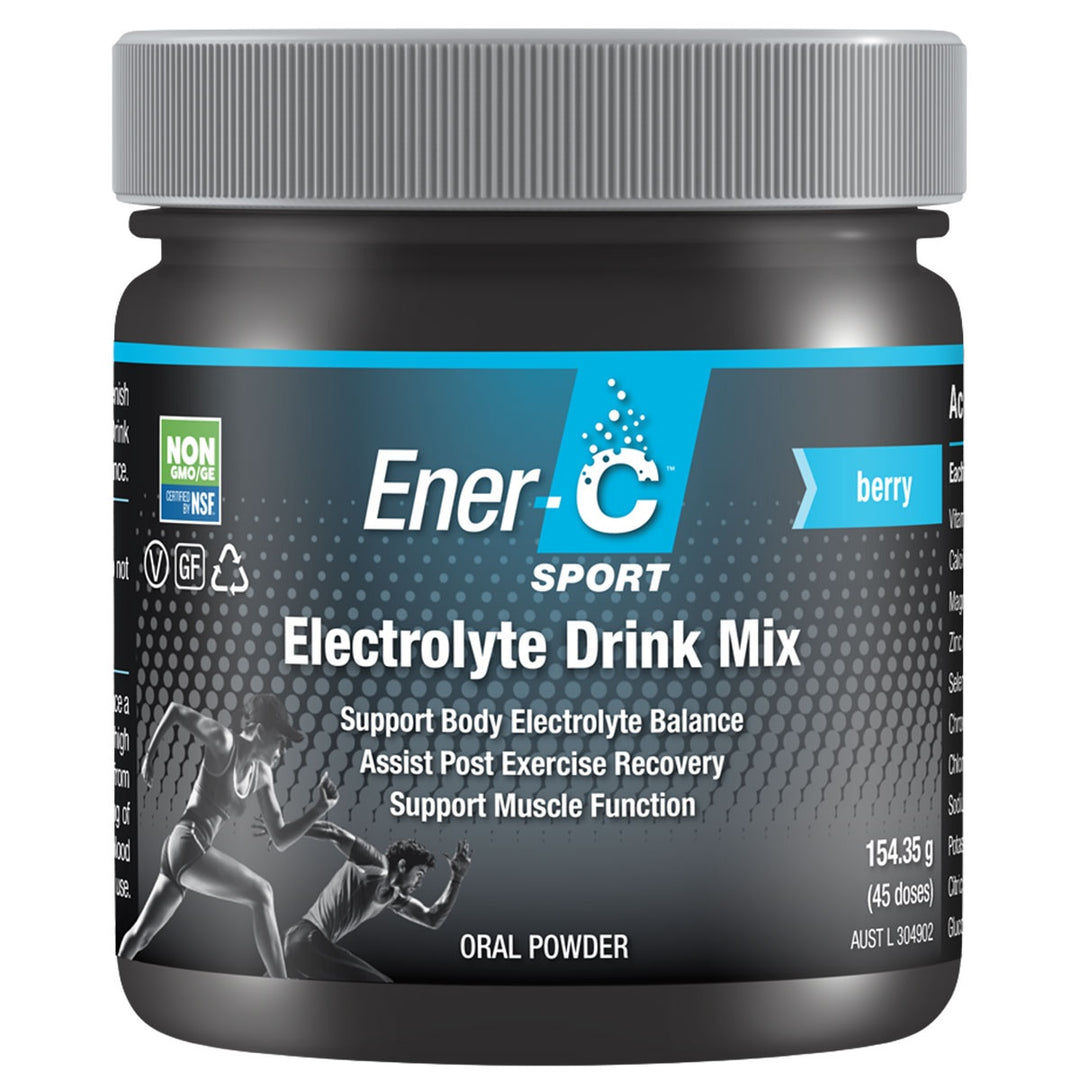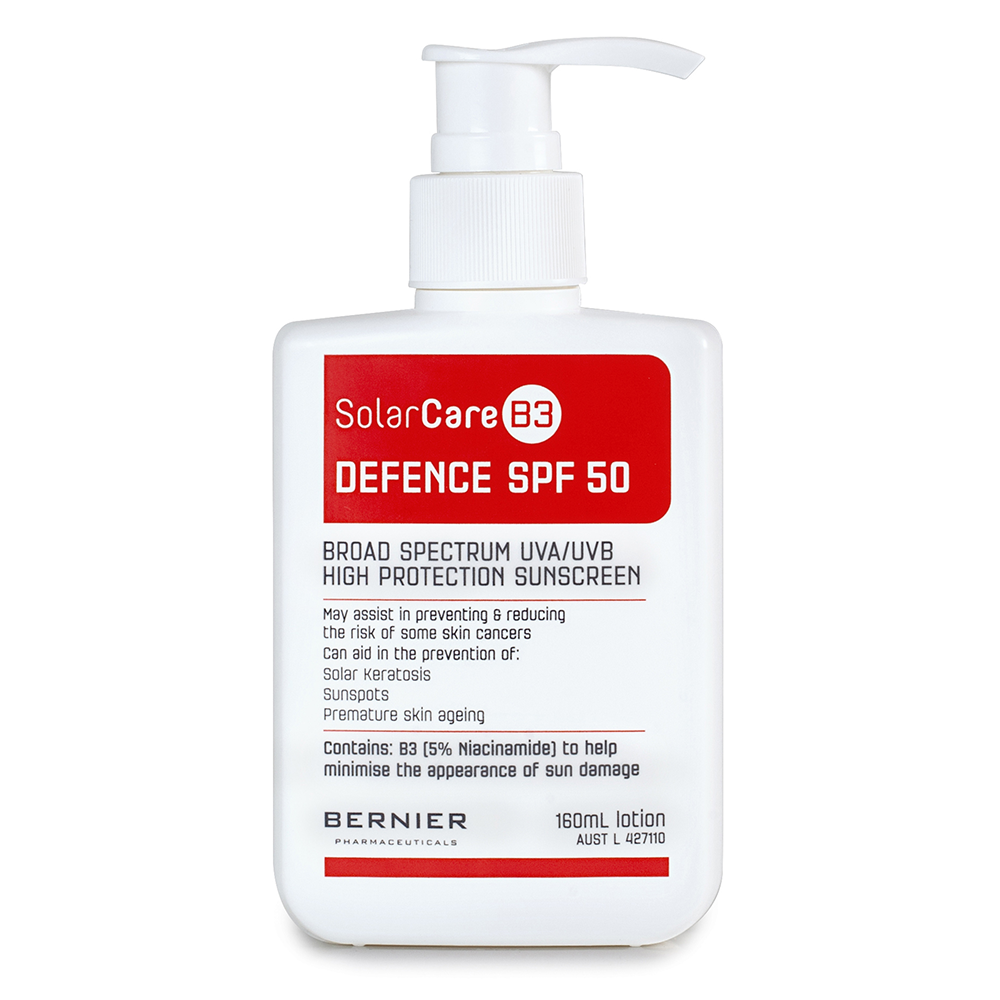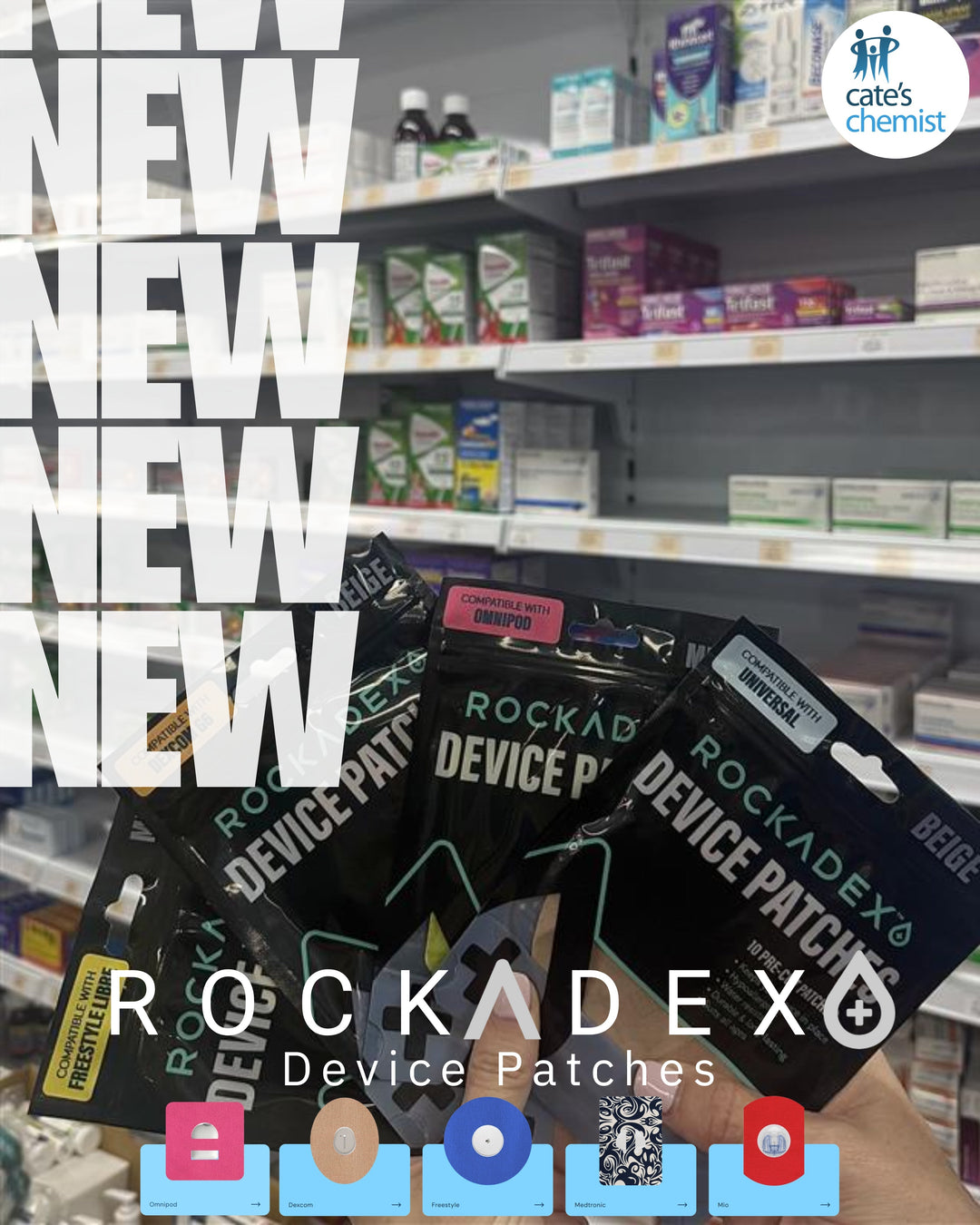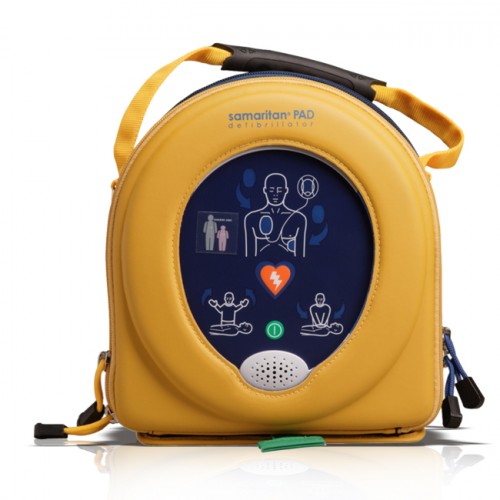How to Stay Safe in the Heat: Recognizing and Treating Heat-Related Illnesses
Heat-related illnesses are a serious health risk that can affect anyone, especially during the summer months. They occur when the body is unable to cool itself down properly and its temperature rises above normal levels. Heat-related illnesses can range from mild dehydration to life-threatening heat stroke. In this blog post, we will explain the symptoms, causes, and treatments of some common heat-related illnesses, and how to prevent them.
Dehydration
Dehydration is the loss of water and electrolytes (salts) from the body due to excessive sweating, vomiting, diarrhea, or fever. Dehydration can cause thirst, dry mouth, headache, dizziness, fatigue, and reduced urine output. To prevent dehydration, drink plenty of water. Avoid alcohol, caffeine, and sugary drinks, as they can worsen dehydration. If you are dehydrated, drink fluids slowly and rest in a cool place. For a quick rehydration solution, try Ener-C Sport Electrolyte Drink Mix available at Cate's Chemist. Seek medical attention if you have severe symptoms, such as confusion, fainting, or rapid heartbeat. Additionally, Optimum Nutrition Amino Energy Sparkling + Electrolytes can help keep you hydrated.
Heat Cramps
Heat cramps are painful muscle spasms usually in the legs and abdominal muscles. They are caused by the loss of salt and water from sweating and exercising in the heat. Heat cramps can also be a sign of heat exhaustion. To prevent heat cramps, drink fluids before, during, and after physical activity. If you have heat cramps, stop exercising and move to a cool place. Stretch and massage the affected muscles gently. Drink electrolytes with magnesium to reduce the effects. Products like Hydralyte Effervescent Tablets Lemonade and Hydralyte Powder Orange can help replenish lost electrolytes. If the cramps persist for more than an hour, seek medical attention. For added convenience, try the Ice Towel Instant Cooling Towel to help cool down quickly. Learn more about heat cramps and heat-related illnesses.
Heat Exhaustion
Heat exhaustion is a more serious condition than heat cramps, and it can lead to heat stroke if not treated promptly. Heat exhaustion occurs when the body’s cooling system is overwhelmed by heat and humidity, and it cannot regulate its temperature. Heat exhaustion can cause heavy sweating, pale and clammy skin, nausea, vomiting, headache, weakness, and fainting. To prevent heat exhaustion, avoid strenuous activity in the heat, wear loose and light-colored clothing, and drink plenty of fluids. If you have heat exhaustion, move to a cool place and lie down. To cool down the body, try a cool shower, bath, or sponge bath, or place moist, cool cloths on your forehead, wrists, sides of neck, underarms, and groin area. Fan continuously. Drink cool water or diluted fruit juice or cordial (1 part juice in 4 parts water). If recovery is not quick or vomiting occurs, seek emergency medical assistance. For added protection, consider using Bondi Sands Fragrance Free Sunscreen Lotion SPF50+ to protect your skin from harmful UV rays. Also, keep a Voyager 2 Series First Aid Kit handy for emergencies.
Heat Stroke
Heat stroke is the most severe and dangerous form of heat-related illness. It occurs when the body’s temperature rises above 40°C and its cooling system fails completely. Heat stroke can cause red, hot, and dry skin, confusion, seizures, coma, and death. Heat stroke is a medical emergency and requires immediate attention. To prevent heat stroke, follow the same tips as for heat exhaustion, and avoid leaving children, elderly, or pets in parked cars, even with the windows open. If you suspect heat stroke, call 000 (or your local emergency number) and follow these steps:
- Check the person’s airway, breathing, and pulse. If unconscious, position on their side and commence CPR if required.
- If possible, move the person to a cool place, lie them down, and remove excess clothing.
- To cool the body, place moist, cool cloths on forehead, wrists, sides of neck, underarms, and groin area. Fan continuously. Do not use ice or cold water, as this can cause shock.
- Do not give any medications unless they are prescribed by the doctor. Do not give fluids by mouth, as this can cause choking or vomiting.
Heat-related illnesses are preventable if you take some simple precautions and stay aware of the signs and symptoms. Remember to drink plenty of fluids, avoid excessive heat and sun exposure, and seek medical help if needed. Check out our range of electrolytes and sunscreens online and in-store at Cate's Chemist to help you stay safe and enjoy the summer! For extra protection, consider using SolarCareB3 Defence SPF50 and Surf Life Saving Sun Crushable Hat.











